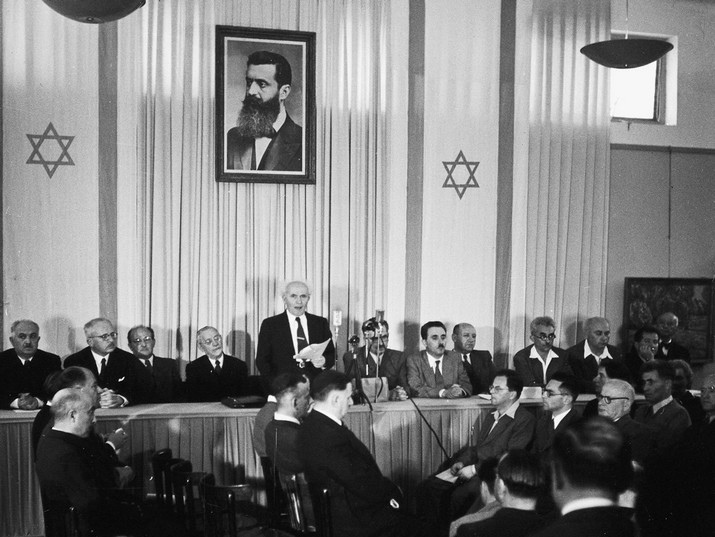Combustion [electronic resource]
Enlarge text Shrink text- Book
Combustion Engineering, a topic generally taught at the upper undergraduate and graduate level in most mechanical engineering programs, and many chemical engineering programs, is the study of rapid energy and mass transfer usually through the common physical phenomena of flame oxidation. It covers the physics and chemistry of this process and the engineering applications-from the generation of power such as the internal combustion automobile engine to the gas turbine engine. Renewed concerns about energy efficiency and fuel costs, along with continued concerns over toxic and particulate emis
| Title |
Combustion [electronic resource] / Irvin Glassman, Richard A. Yetter. |
|---|---|
| Edition |
4th ed. |
| Publisher |
Amsterdam Boston : Academic Press |
| Creation Date |
c2008 |
| Notes |
Description based upon print version of record. Includes bibliographical references and indexes. English |
| Content |
Front Cover Combustion Copyright Page Contents Prologue Preface CHAPTER 1. CHEMICAL THERMODYNAMICS AND FLAME TEMPERATURES A. Introduction B. Heats of reaction and formation C. Free energy and the equilibrium constants D. Flame temperature calculations 1. Analysis 2. Practical considerations E. Sub- and super sonic combustion thermodynamics 1. Comparisons 2. Stagnation pressure considerations Problems CHAPTER 2. CHEMICAL KINETICS B. Rates of reactions and their temperature dependence 1. The Arrhenius rate expression 2. Transition state and recombination rate theories C. Simultaneous interdependent reactions D. Chain reactions E. Pseudo-first-order reactions and the ""fall-off"" range F. The partial equilibrium assumption G. Pressure effect in fractional conversion H. Chemical kinetics of large reaction mechanisms 1. Sensitivity analysis 2. Rate of production analysis 3. Coupled thermal and chemical reacting systems 4. Mechanism simplification CHAPTER 3. EXPLOSIVE AND GENERAL OXIDATIVE CHARACTERISTICS OF FUELS B. Chain branching reactions and criteria for explosion C. Explosion limits and oxidation characteristics of hydrogen D. Explosion limits and oxidation characteristics of carbon monoxide E. Explosion limits and oxidation characteristics of hydrocarbons 1. Organic nomenclature 2. Explosion limits 3. ""Low-temperature"" hydrocarbon oxidation mechanisms F. The oxidation of aldehydes G. The oxidation of methane 1. Low-temperature mechanism 2. High-temperature mechanism H. The oxidation of higher-order hydrocarbons 1. Aliphatic hydrocarbons 2. Alcohols 3. Aromatic hydrocarbons 4. Supercritical effects CHAPTER 4. FLAME PHENOMENA IN PREMIXED COMBUSTIBLE GASESA. Introduction B. Laminar flame structure C. The laminar flame speed 1. The theory of Mallard and Le Chatelier 2. The theory of Zeldovich, Frank-Kamenetskii, and Semenov 3. Comprehensive theory and laminar flame structure analysis 4. The laminar flame and the energy equation 5. Flame speed measurements 6. Experimental results: physical and chemical effects D. Stability limits of laminar flames 1. Flammability limits 2. Quenching distance 3. Flame stabilization (low velocity) 4. Stability limits and design E. Flame propagation through stratified combustible mixtures F. Turbulent reacting flows and turbulent flames 1. The rate of reaction in a turbulent field 2. Regimes of turbulent reacting flows 3. The turbulent flame speed G. Stirred reactor theory H. Flame stabilization in high-velocity streams I. Combustion in small volumes CHAPTER 5. DETONATION 1. Premixed and diffusion flames 2. Explosion, deflagration, and detonation 3. The onset of detonation B. Detonation phenomena C. Hugoniot relations and the hydrodynamic theory of detonations 1. Characterization of the Hugoniot curve and the uniqueness of the C-J point |
| Extent |
1 online resource (794 p.) |
| Language |
English |
| National Library system number |
997010715352505171 |
MARC RECORDS
Tags
Have more information? Found a mistake?

 Sign in with Google
Sign in with Google
 Sign in with Facebook
Sign in with Facebook



